Silambam is a popular type of fencing in Tamil Nadu. Fencing was endorsed very well in the state during the reign of the Pandya kings. The Silamabam weapons were sold to foreign merchants during the 2nd century A.D. Four kinds of staves are
made use of in Silambam. Participants dress up in their traditional colorful langots, sleeveless vests, turbans, canvas shoes, and a chest guard for protection. The first one creates a resonant, hissing sound; the second one has illuminated
cloth balls placed at one of the ends. Not surprisingly, this staff has been named as ‘Torch Silambam’. Another staff that can be used in this game is shorter in length but is compensated with more power. Lastly, there is a non – elastic
one that makes a smashing noise. Silambam begins with salutations to God, the opponent, spectators and teachers of the players. Players have to try and touch each other’s body making use of the staff. The participant with more number of
touches loses the contest. To differentiate the marks on a participant’s body, the ends of the staves are encrusted with a sticky powder, which makes a prominent mark when it comes in contact with a person’s body. In order to be successful
in Silambam, players need to posses rapid foot movements and good control over your body actions. While it is permissible to use both hands to make maximum utilization of the staff, impetus is actually gained by proper use of the head,
shoulder, hip and leg level. Development of an impulse defense action is of utmost importance.
Origins
Oral folklore traces silambam back several thousand years to the siddhar (enlightened sage) Agastya. While on his way to Vellimalai, Agastya discussed Hindu philosophy with an old man he met, said to be the god Murugan in disguise. The old
man taught him kundalini yoga and how to focus prana through the body’s nadi (channels). Agastya practiced this method of meditation and eventually compiled three texts on palm leaves based on the god’s teachings. One of these texts was the
Kampu Sutra (Staff Classic) which was said to record advanced fighting theories in verse. These poems and the art they described were allegedly passed on to other siddha of the Agastmuni akhara (Agastya school) and eventually formed the basis of silambam, siddha medicine, and the southern style of kalaripayat. References in the Silappadikkaram and other works of Sangam literature shows that silambam has been practiced as far back
as the 2nd century BC. The bamboo staff – along with swords, pearls and armor – was in great demand with foreign traders, particularly those from Southeast Asia where silambam greatly influenced many fighting systems. The Indian community
of the Malay Peninsula is known to have practiced silambam as far back as the period of Melaka’s founding in the 15th century and likely much earlier. The soldiers of Kings Puli Thevar, Veerapandiya Kattabomman and Maruthu Pandiyar
(1760-1799) relied mainly on their silambam prowess in their warfare against the British Army. Indian martial arts suffered a decline after the British colonists banned silambam along with various other systems. They also introduced modern
western military training which favoured fire-arms over traditional weaponry. During this time, silambam became more common in Southeast Asia than its native India where it was banned by the British rulers. The ban was lifted after India
achieved independence. Today, silambam is the most famous and widely practiced Indian martial art in Malaysia where demonstrations are held for cultural shows.
Weapons:
Silambam’s main focus is on the bamboo staff. The length of the staff depends on the height of the practitioner. Ideally it should just touch the forehead about three fingers from the head, typically measuring around 1.68 metres (five and a
half feet). Different lengths may be used depending on the situation. For instance, the sedikuchi or 3-foot stick can be easily concealed. Separate practice is needed for staffs of different lengths. Listed below are some of the weapons
used in silambam.
Silambam
staff, is preferably made from bamboo, but sometimes also from teak or Indian rose chestnut wood. The staff is immersed in water and strengthened by beating it on the surface of still or running water. It is often tipped with metal rings to
prevent the ends from being damaged.
Maru: a thrusting weapon made from deer horns
Aruval: sickle, often paired
Panthukol: staff with balls of fire or weighted chains on each end
Savuku: whip
Vaal: sword, generally curved
Kuttu katai: spiked knuckleduster / Katti: knife
Kattari: native push-dagger with a H-shaped handle. Some are capable of piercing armor. The blade may be straight or wavy.
Surul pattai: flexible sword
Sedikuchi: cudgel or short stick, often wielded as a pair.


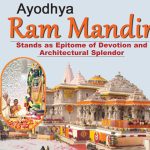

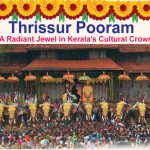

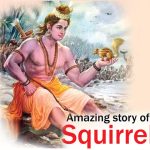


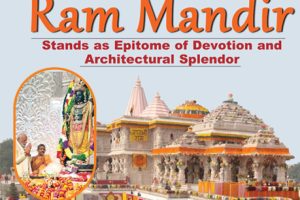
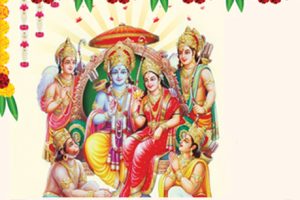
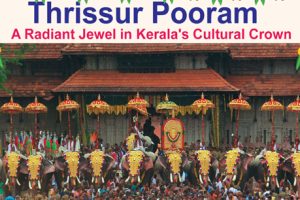





Add Comment